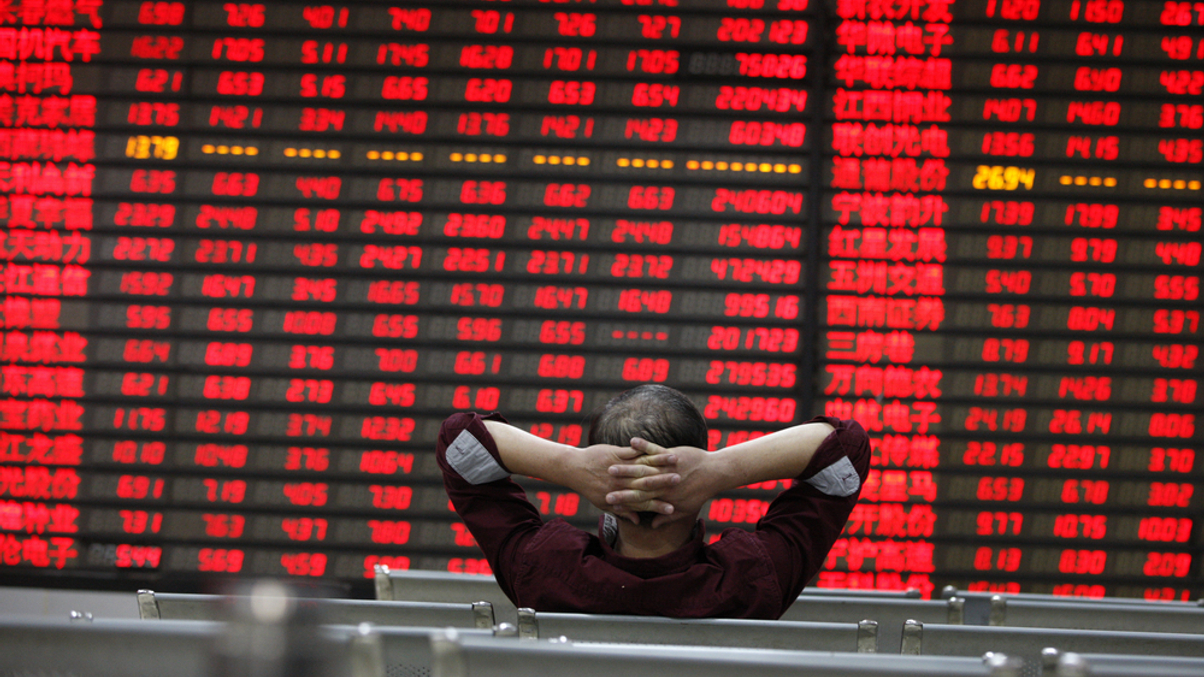China goes up on equity investors’ 2H list
Chinese equities are gaining favour from a global allocation perspective in the renewable, electric vehicle supply chain, and industrial automation space. Meanwhile, doubts over the consumer sector remain under the country’s Covid Zero policy.

Chinese equities are back under portfolio managers’ radar in the second half of 2022, as China starts to materialise its loose monetary policy and stimulus packages while coming out of Covid lockdowns and an emerging markets selloff.
Sign in to read on!
Registered users get 2 free articles in 30 days.
Subscribers have full unlimited access to AsianInvestor
Not signed up? New users get 2 free articles per month, plus a 7-day unlimited free trial.
¬ Haymarket Media Limited. All rights reserved.


